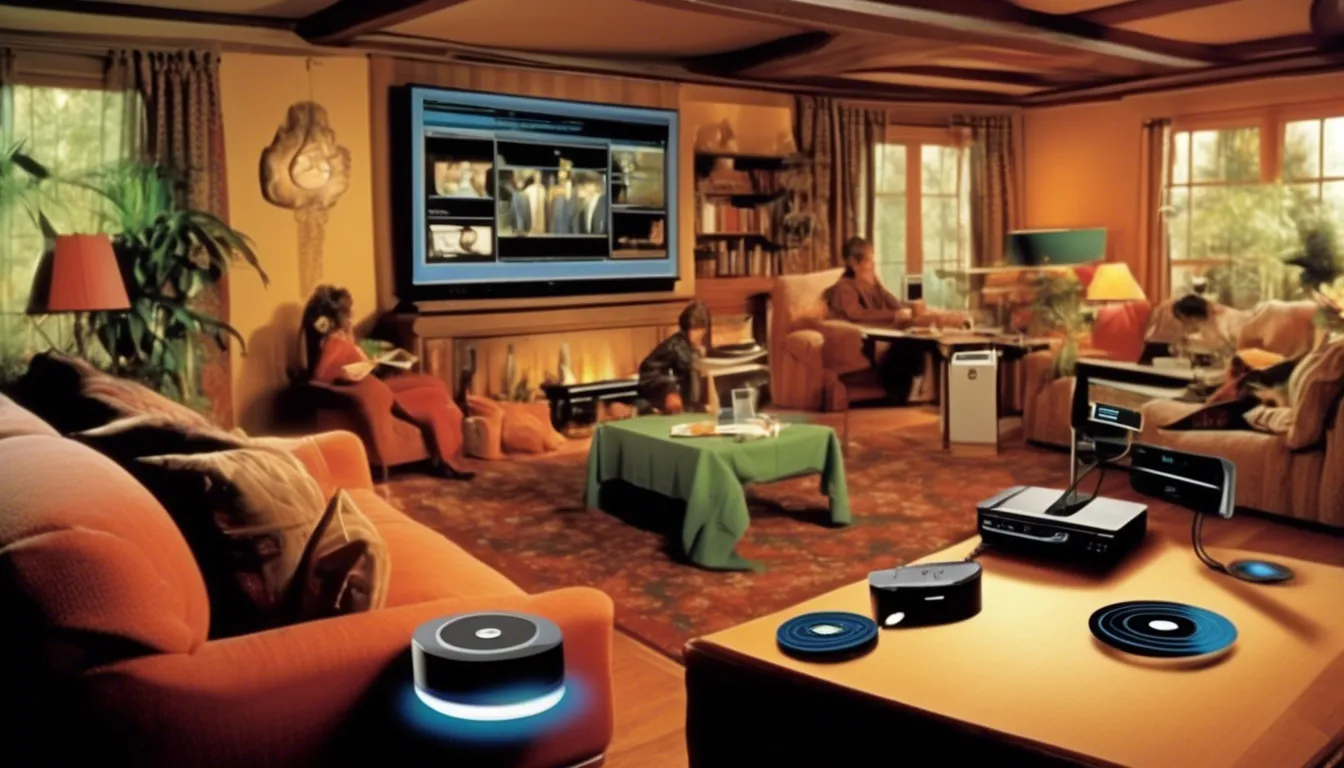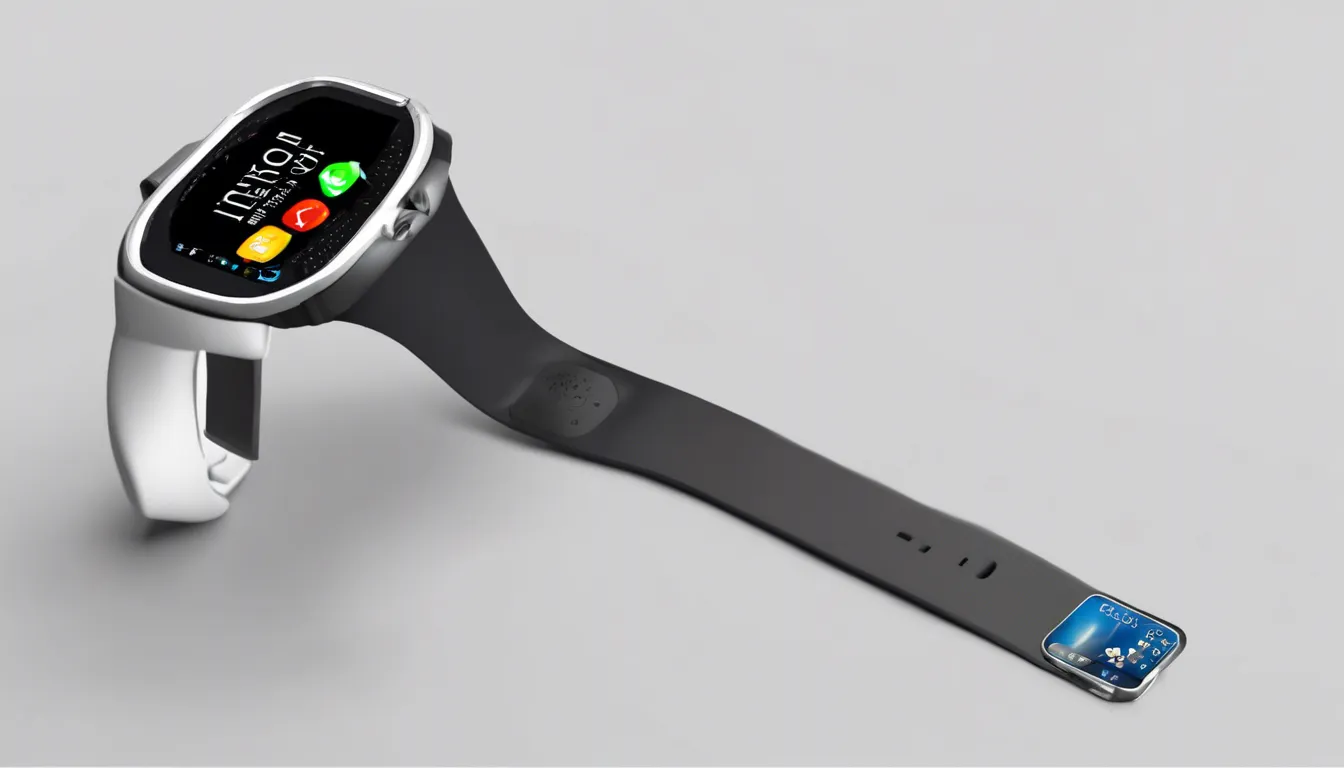Wi-Fi technology, also known as Wireless Fidelity, has come a long way since its inception. Initially introduced in 1997 as a way to connect devices without the need for physical cables, Wi-Fi has rapidly evolved to become a ubiquitous technology in our daily lives. The first versions of Wi-Fi operated on the 802.11b standard, offering speeds of up to 11 Mbps. Since then, we have seen the development of faster and more efficient protocols such as 802.11g, 802.11n, and the latest 802.11ac, which can deliver speeds of up to 1 Gbps.
One of the key advancements in Wi-Fi technology has been the introduction of multiple-input multiple-output (MIMO) technology, which uses multiple antennas to increase data transfer speeds and improve network reliability. This technology has significantly enhanced the performance of Wi-Fi networks in crowded areas or buildings with thick walls. Additionally, the advent of mesh networking has revolutionized the way we set up and manage our Wi-Fi networks, providing seamless coverage throughout our homes or workplaces.
Looking towards the future, Wi-Fi 6 (802.11ax) is set to further push the boundaries of wireless connectivity with increased speeds, lower latency, and improved efficiency in handling multiple devices simultaneously. With the proliferation of smart homes, IoT devices, and the demand for faster internet speeds, the evolution of Wi-Fi technology continues to play a crucial role in keeping us connected and productive in our modern digital world.

 The Evolution of Smartwatch Technology A Look at Groundbreaking Gadgets
The Evolution of Smartwatch Technology A Look at Groundbreaking Gadgets